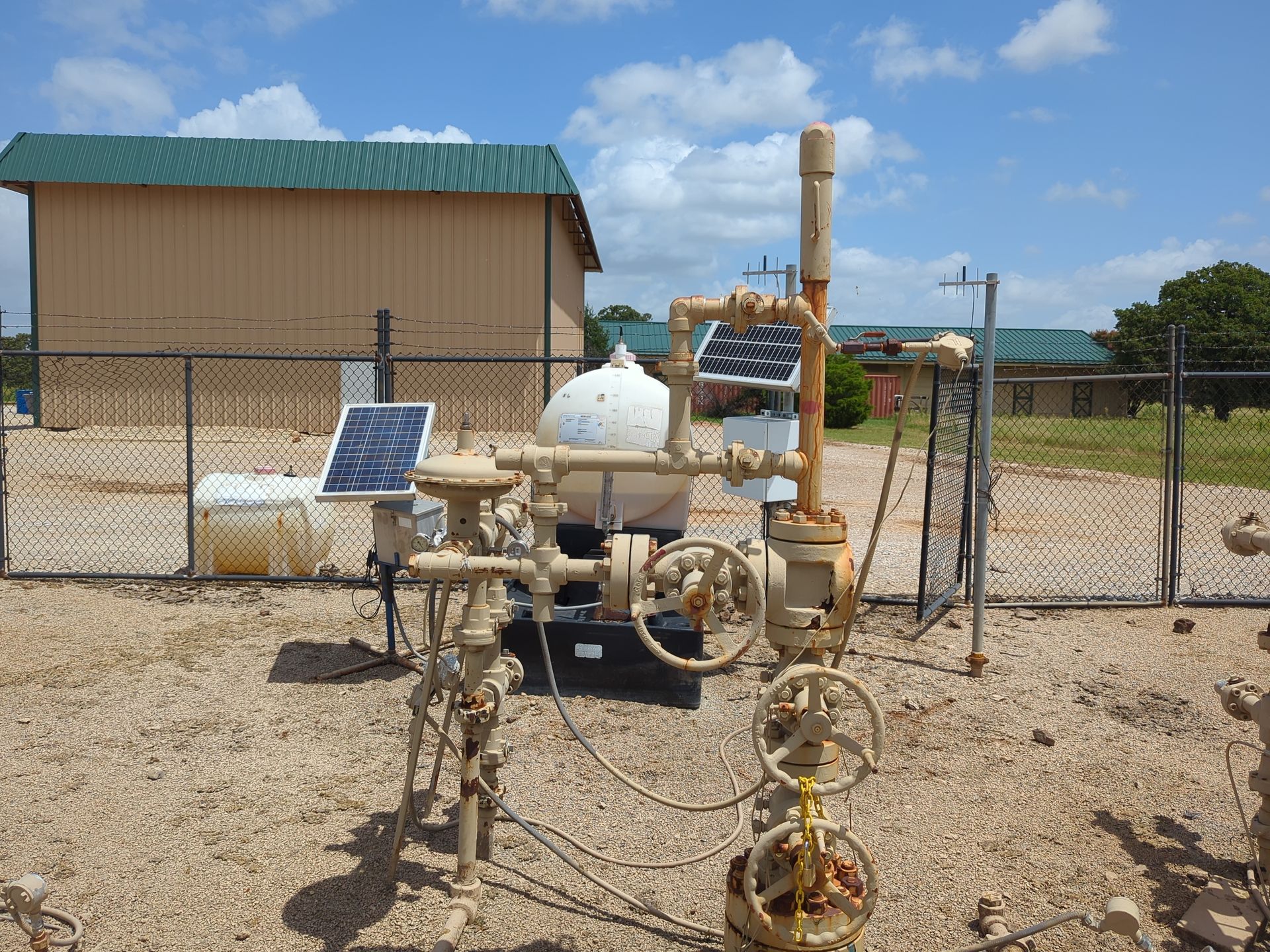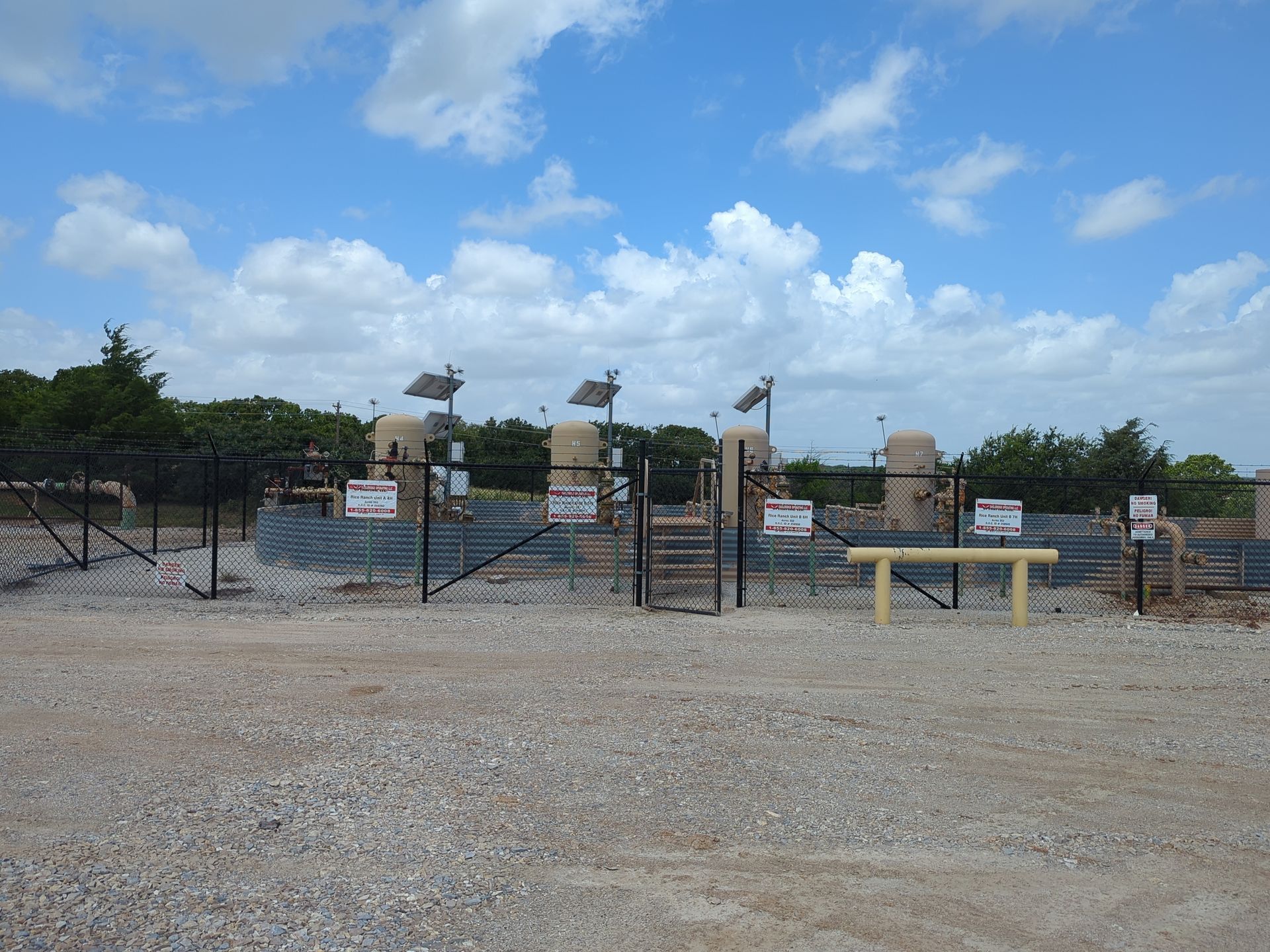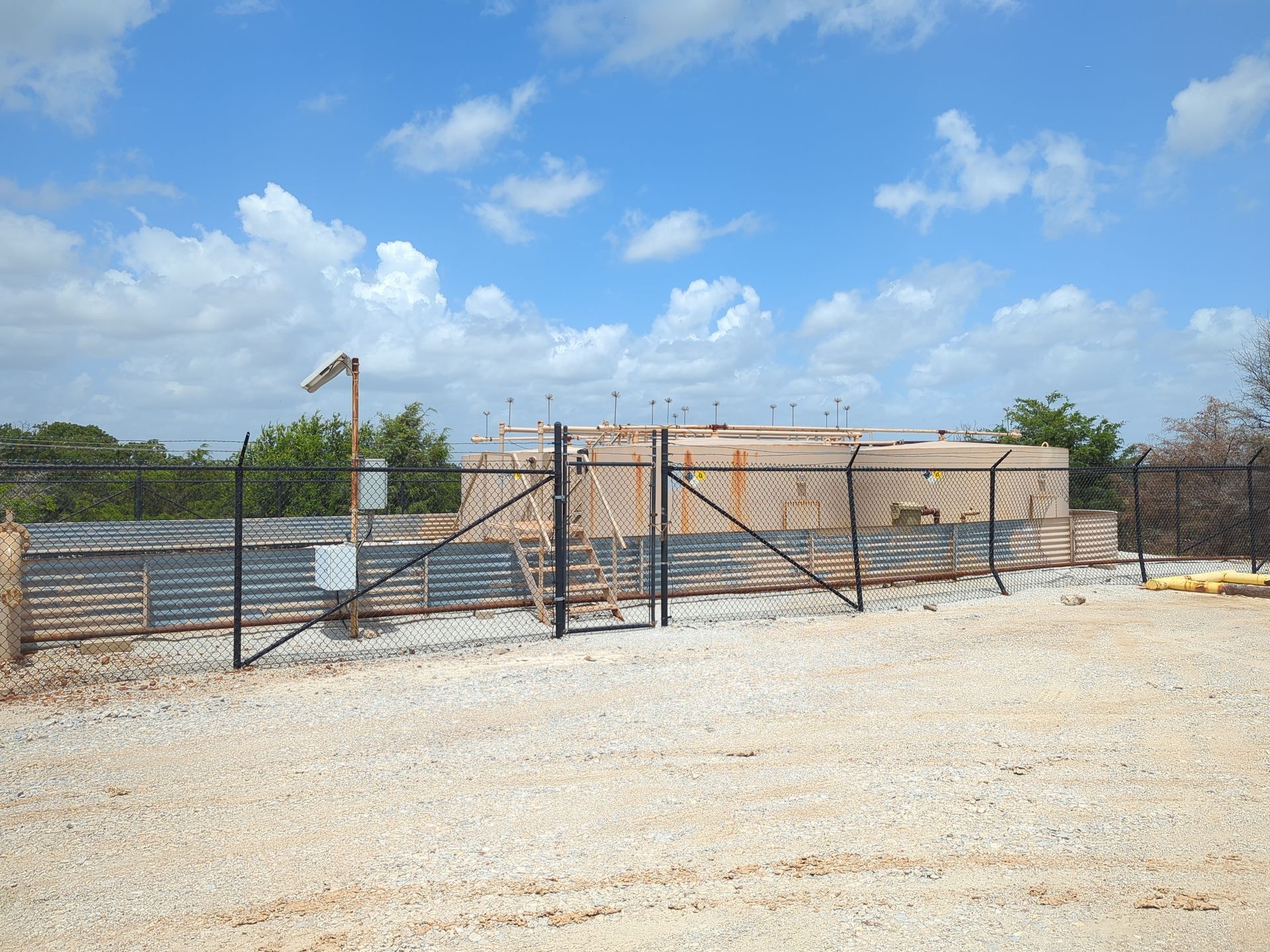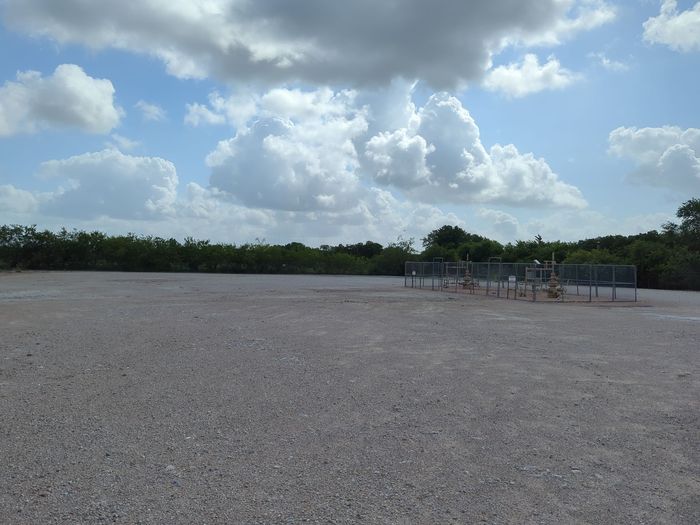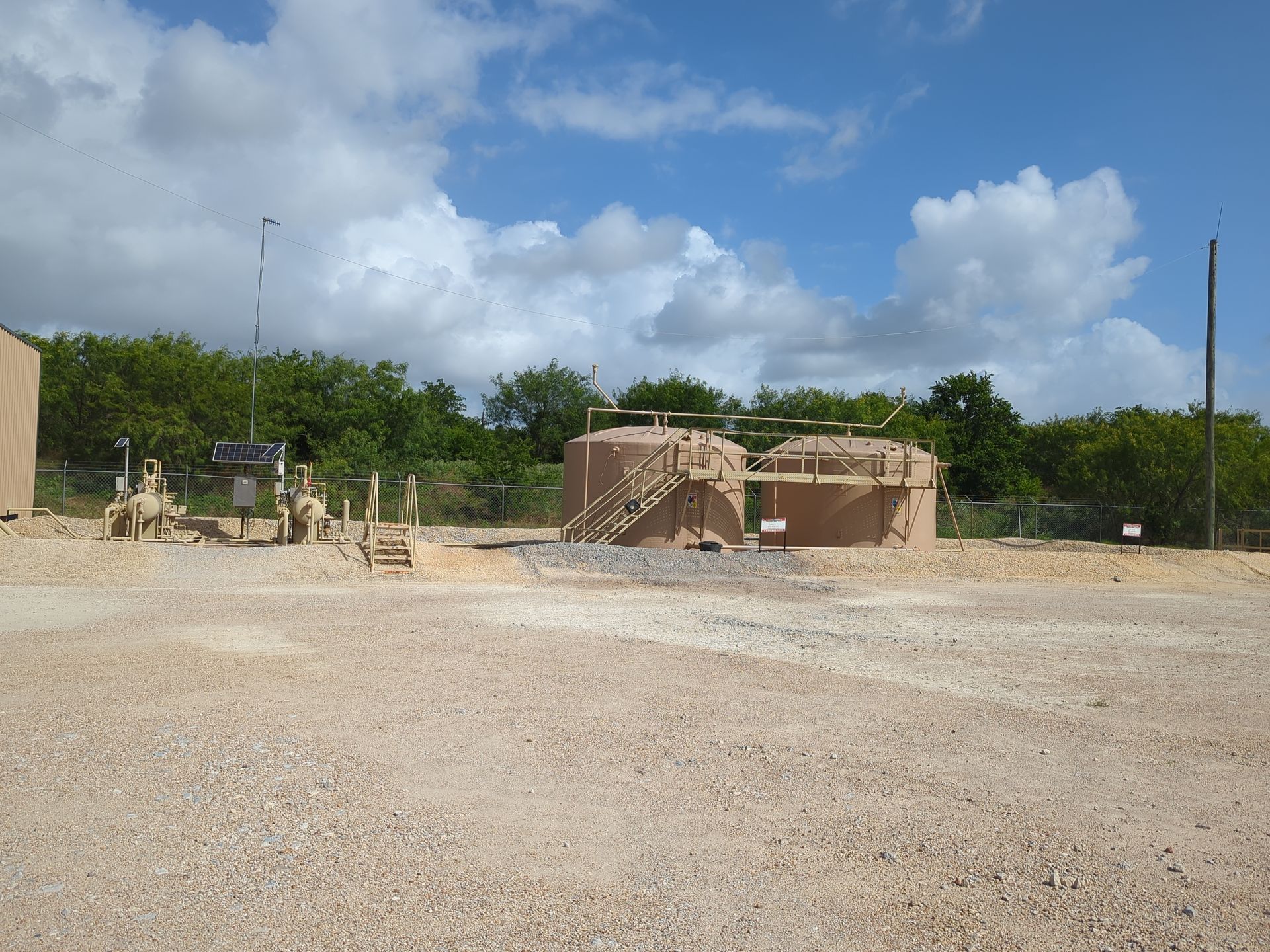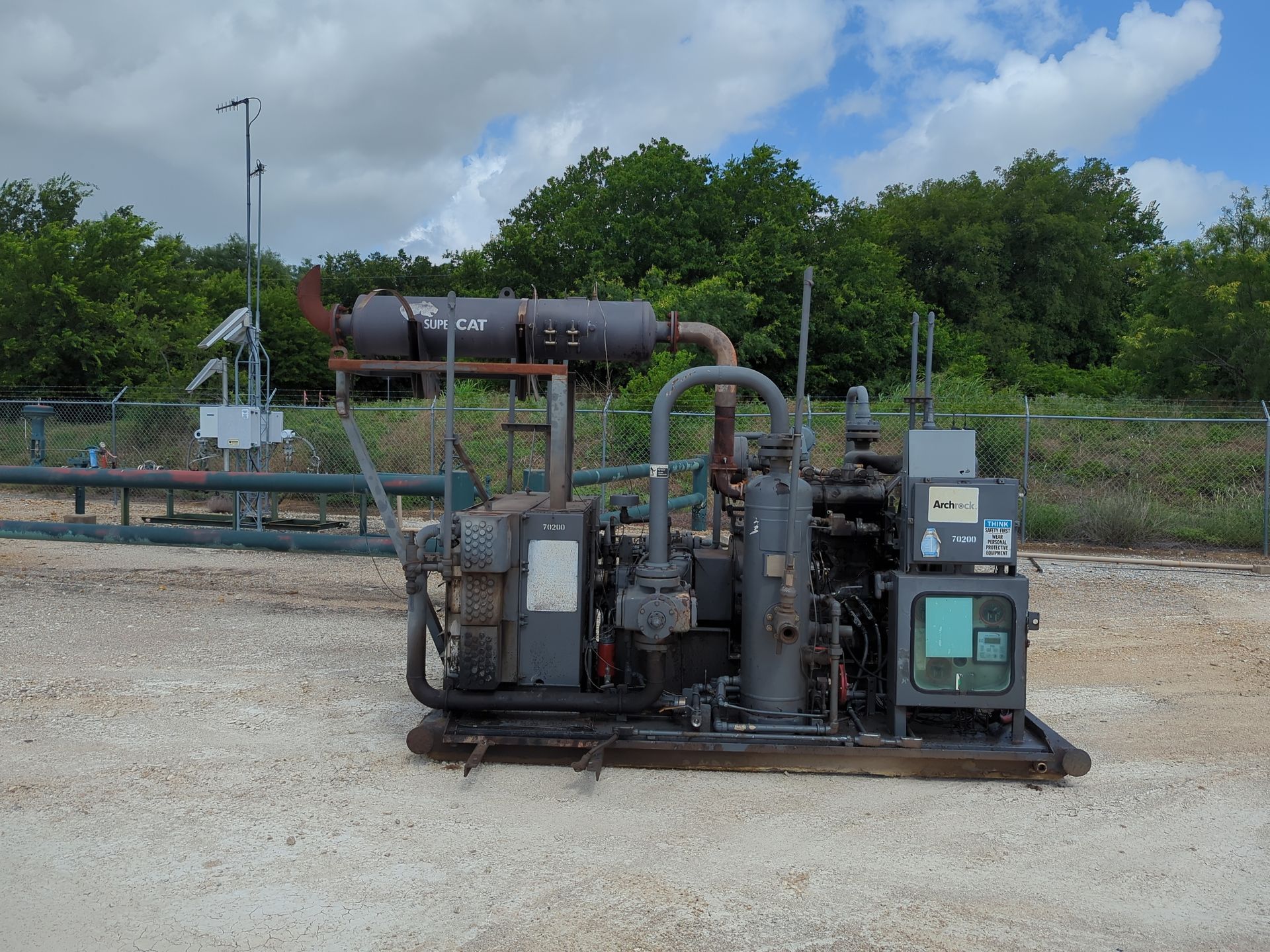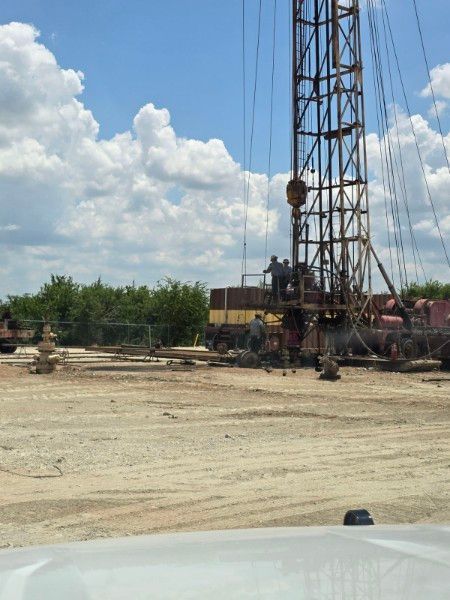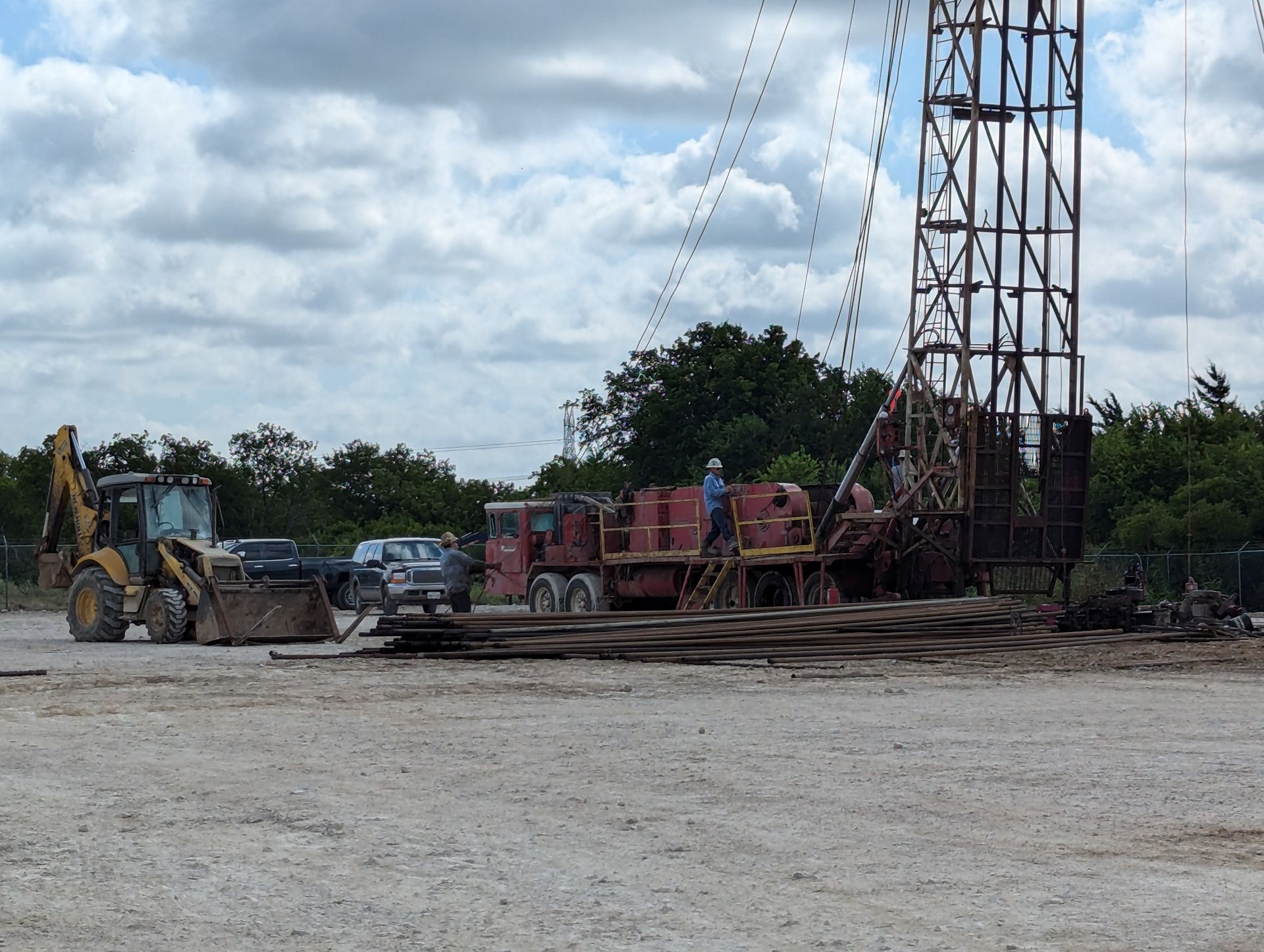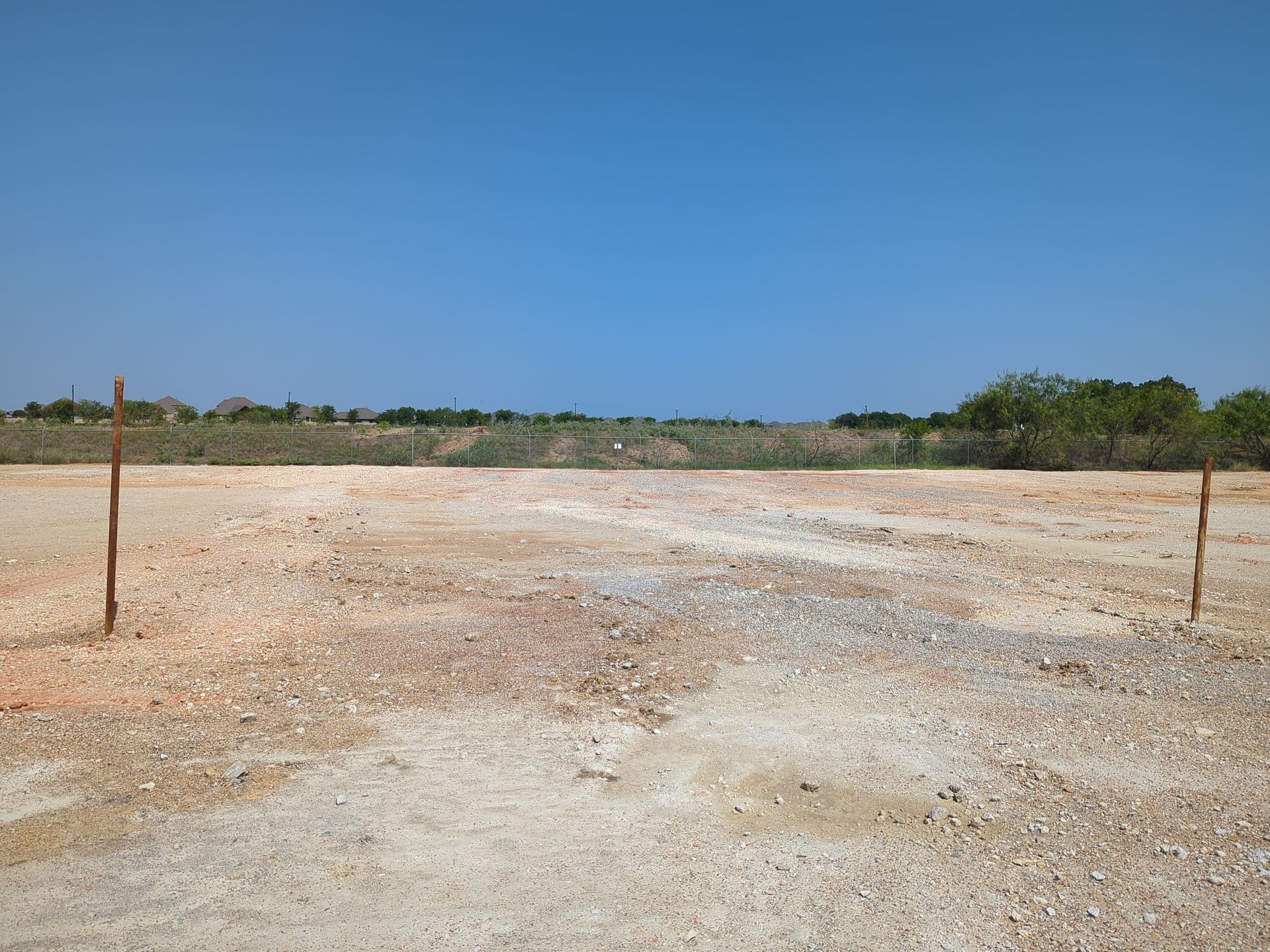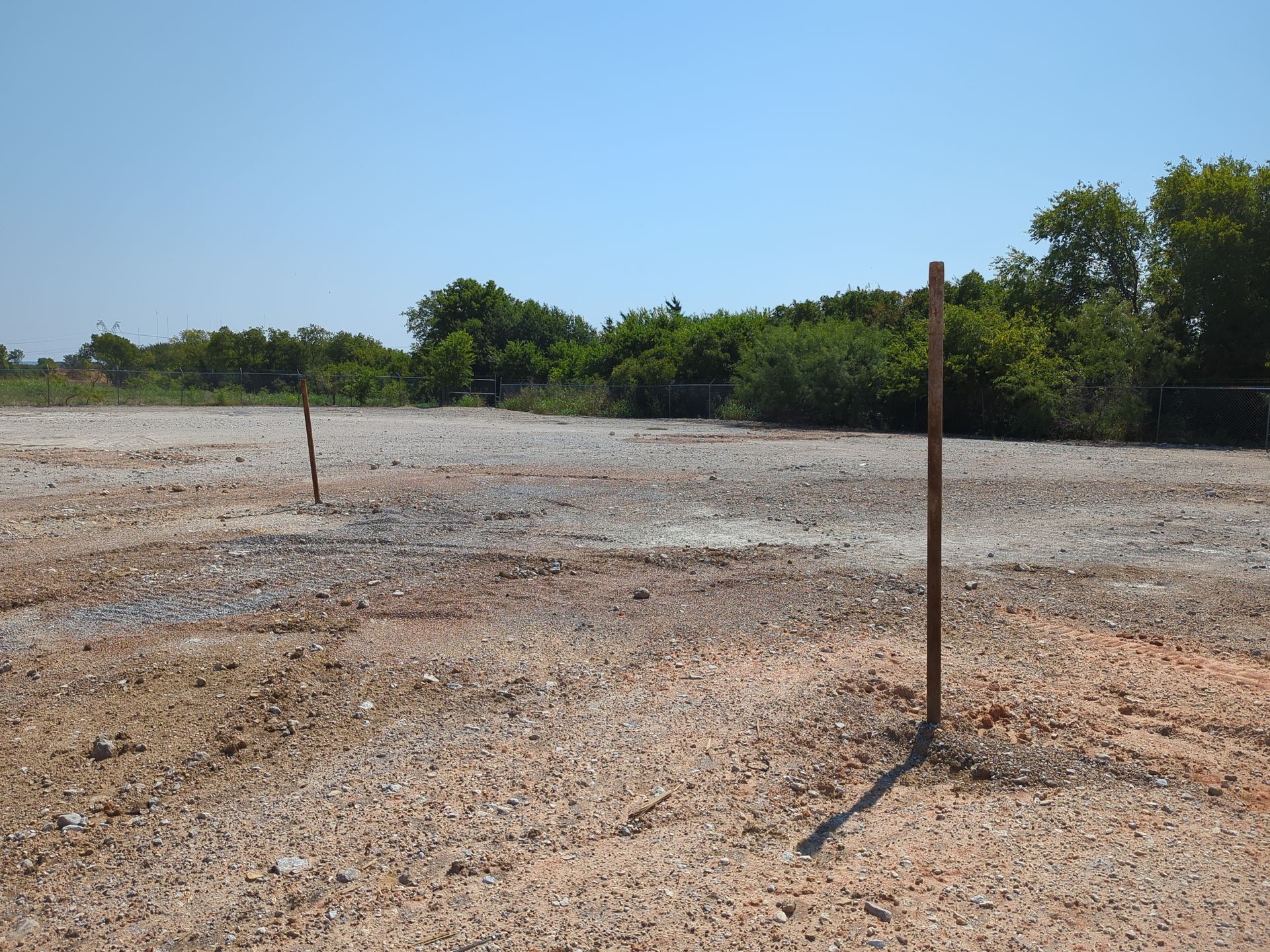Why P&A Carbon Credits?
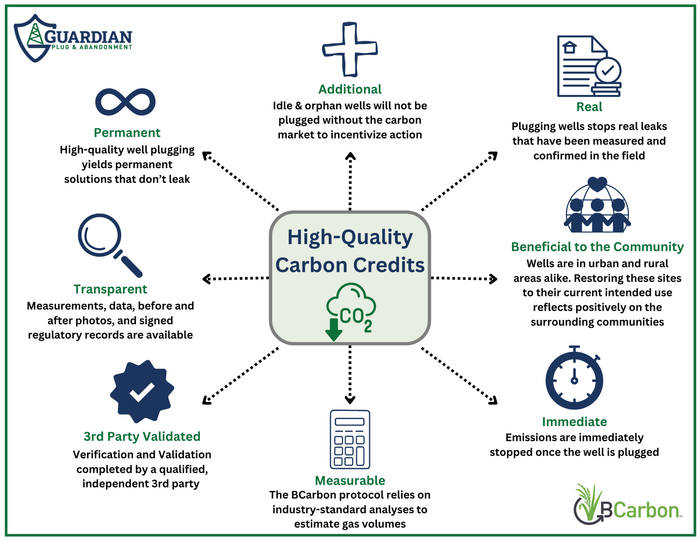
Why generate carbon credits from well plug and abandonment?
Answer: Credits generated from plugging and abandoning wells are engineered avoidance credits with all the aspects of a high-quality carbon credit.
Methodologies

Carbon Credit Registries & Methodologies
How It Works: We work with multiple registries and their methodologies to generate carbon credits from various types of wells.

BCarbon:
Methane Capture & Reclamation protocol is aimed at plugging idle and orphan gas wells with a leak. Using the production history of a well, we apply a decline curve analysis to determine remaining gas in reserve and then a leak rate model to estimate how much gas will leak over the next 20 years. The methane percentage of that gas is then converted into CO2-equivalent to determine the number of tons of carbon emissions we avoid by plugging that well.

CarbonPath:
Methane & Carbon Dioxide Emissions Prevention via the Premature Abandonment of Oil and Natural Gas Wells v2.1 provides a way to shut down productive oil and gas wells early to generate carbon credits. The quantity of carbon credits derives from the emissions that would have been emitted had the remaining oil and gas reserves been produced. This methodology relies upon a quantification of remaining hydrocarbon reserves from an industry-trusted engineering firm.
Carbon Credit Projects
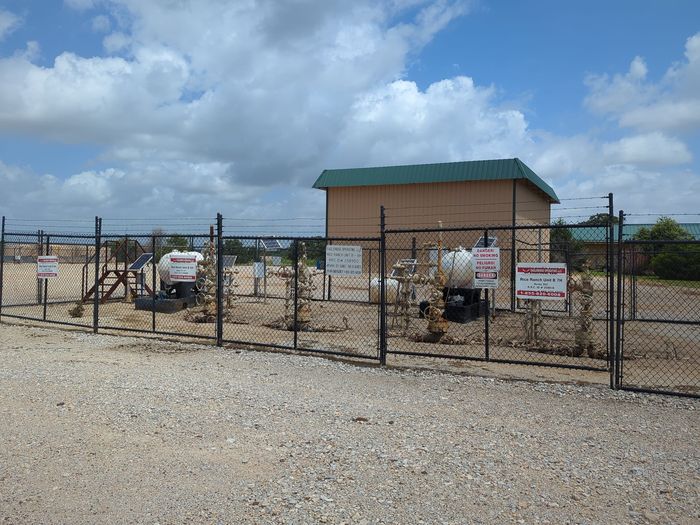
Project #1
Methane Abatement by Plugging the Rice Ranch Wells in Dallas, TX
Description: Back in 2010, in what was the rural part of Flower Mound (a Dallas suburb), four gas wells were drilled on a couple’s family ranch. Over a decade later, the ranch found itself surrounded by residential homes. It was also still home to the wells and their surface equipment, which was sitting idle yet leaking methane to the surface from aging infrastructure. but was still home to these wells, which were then-inactive wells with all sorts of surface equipment. Aging infrastructure allowed methane to leak to the atmosphere. Now, these wells are properly plugged and abandoned. Infrastructure on site has been removed, and the landowners get to use this property as they please.
Registry and Methodology: BCarbon’s Methane Capture & Reclamation methodology. This methodology relies on industry-standard decline curve analyses to estimate gas quantities left in reserve, as well as gas composition reports and 3rd party verification & validation.
Impact: Approximately 596,000 tons of CO2e (or carbon credits) were stopped from leaking into the atmosphere from conducting this work. 80% of those credits are available now and 20% will be available in September 2025.
Before Photos
After Photos
Photos to come after construction is completed.
Project #2
Methane Abatement by Plugging the Carlton Wells in Dallas, TX
Description: Less than a mile from the Mountain Creek and Joe Pool Lake in southwest Dallas was the Carlton well pad, a pad with two gas wells that were drilled in 2009. Located in a once rural environment, new construction is turning the area into a suburb of Dallas. Until recently, these wells were sitting idle, leaking methane to the atmosphere and occupying valuable land. Now that these wells are permanently plugged and abandoned and surface equipment has been removed, greenhouse gas emissions have been stopped and the land can be used for its best and intended use. removed, and the landowners get to use this property as they please.
Registry and Methodology: BCarbon’s Methane Capture & Reclamation methodology. This methodology relies on industry-standard decline curve analyses to estimate gas quantities left in reserve, as well as gas composition reports and 3rd party verification & validation.
Impact: Approximately 803,000 tons of CO2e (or carbon credits) were stopped from leaking into the atmosphere from conducting this work. 80% of those credits are available now and 20% will be available in September 2025.

